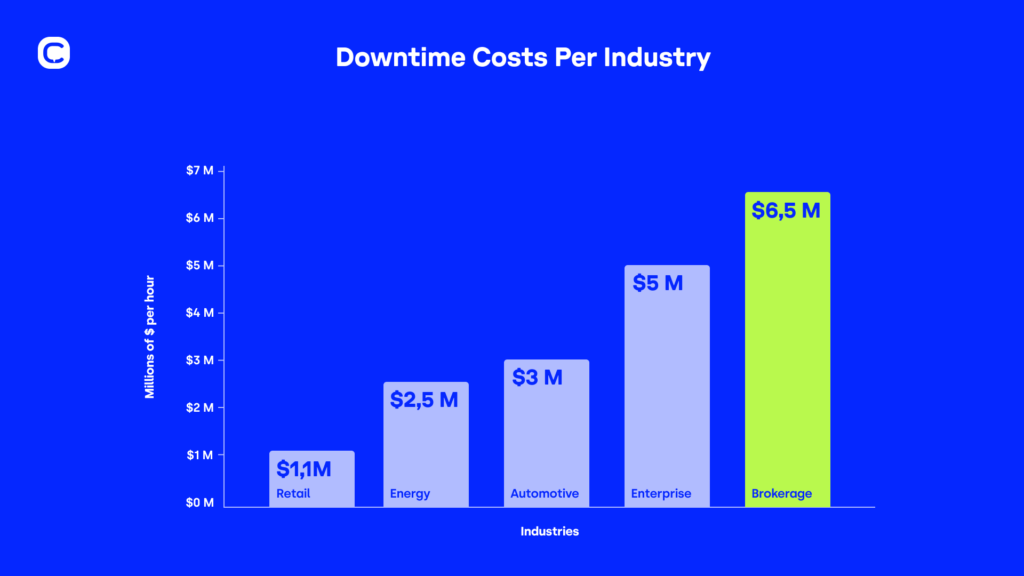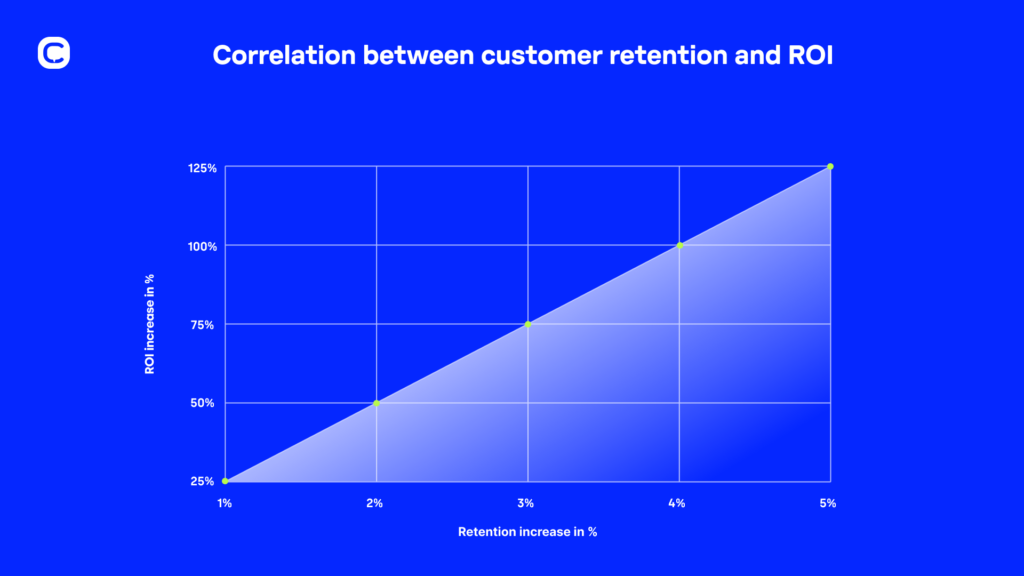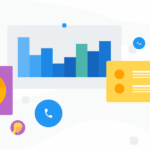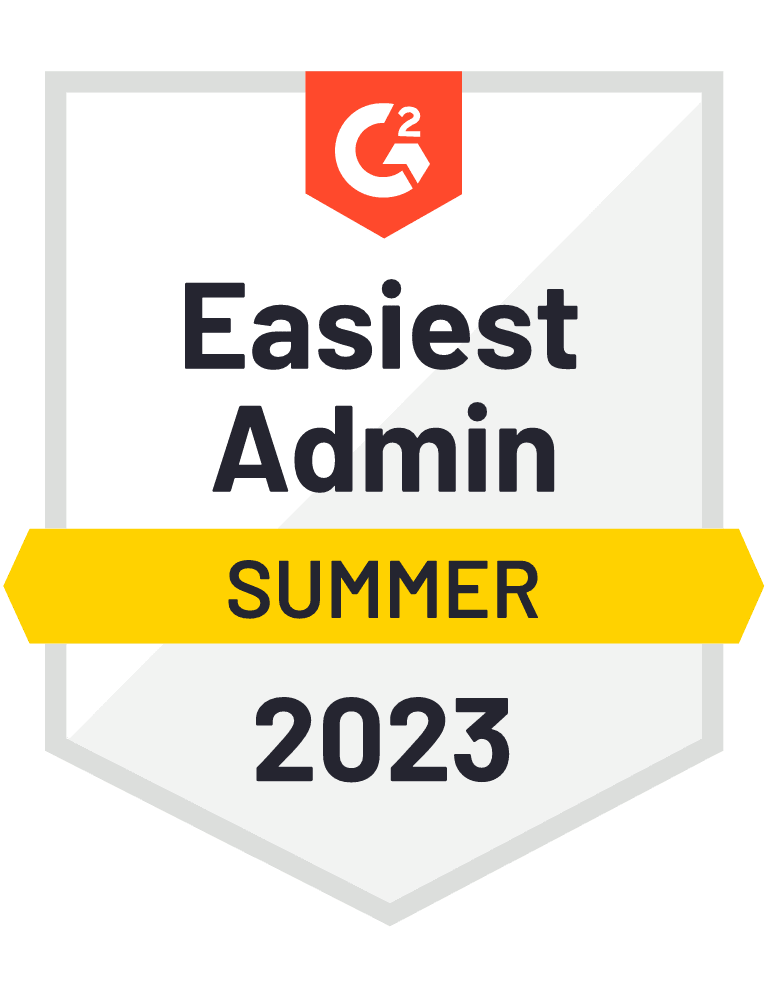The Hidden Cost of Non-Scalable Software: You May Lose Up To 28% of Your Revenue

A study conducted by McKinsey found that a lack of scalable software solutions could cost businesses anywhere between 8% and 28% in revenue losses.
Simply put: if your software doesn’t grow with you, your company will suffer long-term consequences – such as revenue loss, higher workload, wasted time, lost motivation, and more. In fact, just a 5% increase in customer churn can lower your profitability by up to 50%.
Let us guide you through what you need to avoid and how to find software that adapts to your business needs without losing revenue. ⬇️
The $10,000+ Cost Of Switching Software
Switching to different software costs more than the initial price of the new solution. Often, there are hidden charges that many companies fail to consider.
According to internal data at CloudTalk, businesses can lose 10,000 dollars of revenue on average in less than a business day(!), simply due to the downtime caused by the switch. And, depending on the software and the type of your business, it can impact your work for weeks.
Many companies are barely prepared to purchase new software: according to Finances Online, only 36% of traditional companies allocate money for software. And to top it off, research shows that in 2023, an average company uses as many as 130 SaaS solutions – and they’re often interconnected!
With such a wide software ecosystem, switching from one solution to another can really add up and contribute significantly to your overall spending.
The Undeniable: Direct Costs of Switching Software
A direct switch to a new B2B software platform can immediately cost companies between $500 to $10,000 on average, depending on the software type and business size.
This sum accounts for immediate expenses such as the monthly or yearly membership fee, license acquisitions, and additional feature costs.
Moreover, infrastructure-related expenses like buying new hardware or adding phone numbers can inflate this figure by another 10-20%
The Silent Siphons: Hidden Costs Can Reduce Productivity by 20%
It might be obvious that you need to consider the downtime spent on setting up a new system, migrating information, and the like – which can already make you miss out on revenue and even lose money.
But on top of that, you also need to factor in the amount of time that your team will need to learn how to use the new solution – instead of dedicating that time to serving potential clients.
A study by Harvard Business Review indicates that productivity can dip by as much as 20% when switching software.
This can lead to a decrease in customer satisfaction and churn, further lowering your MRR.
Double ROI with a Future-Proof Software Solution
Scalability goes beyond mere cost and time savings, directly contributing to customer retention and operational efficiency.
Consider the potential losses during downtime when transitioning between software solutions.
According to 98% of businesses, a mere hour of downtime can cost well over $100,000. Even well-established companies feel these losses: Apple lost about $25 million during a 12-hour outage in 2015, and Facebook saw a nearly $90 million loss in just 14 hours in 2019.
But that’s still a small price compared to what Delta paid in 2016: $150 million during five hours of downtime!
Studies suggest that this can cost businesses $5,600 to $9,000 per minute, but in the case of large enterprises, this number can be as high as $300,000 in revenue. If you’re like most businesses, you simply can’t afford this – and a seamless transition between software is rarely a viable option.

The Power of Familiarity: Boosting Productivity and Retention
Consider just how much more productive your employees can be if they are truly familiar with a solution.
They don’t need to spend time figuring out new features, so they can focus on what truly matters for your bottom line.
More productive workers provide high-quality, timely service, which enhances your customer experience and satisfaction.
Research has shown that just a 5% increase in customer retention can boost your profits by up to 125%.
This metric becomes even more significant when you consider that acquiring a new customer costs up to five times more than retaining an existing one.
It’s evidently more feasible to keep your satisfied customers on board than to persuade prospects to invest their trust in you.

A Lesson from Rapid-Growth Startups: Picking Software That Grows with You
As we navigated our own challenges with CRM and transcription software, we learned a lot about how much of a difference choosing adaptable software can make. These aren’t your average, surface-level tips, either: they’re based on hands-on experience and tailored to provide real, actionable value.
Let’s dive in:
- Deep Dive into Internal Needs:
Before you even start looking at solutions, gather representatives from every team that will be using the software and have them detail their must-have features. This user-first approach ensures that any software you choose will address real operational needs, rather than perceived ones. For instance, our Sales Team played a pivotal role in the process of choosing our own CRM software. - Check Global Compatibility:
Ensure that the software you choose offers consistent functionality across countries, especially if you have a remote or distributed team. Does it come with region-specific features? Are there any licensing issues in certain countries? These were huge factors for us when we expanded our team internationally. - Pilot Before You Purchase:
Once you’ve shortlisted software solutions, pilot them. Hands-on experience will tell you more than any sales pitch can. During our transcription software search, two tools looked identical on paper. However, one clearly outperformed the other during real-world testing. Had we purchased the solution before trying it first, we may have ended up with an inadequate solution. - Demand Deep Integration:
A software solution might be perfect, but if it can’t integrate with your current ecosystem, it’ll be more of a hurdle than a help. Find out if the software has open APIs or native integrations with the tools your business already relies on, and make sure there’s a person with the necessary knowledge to install these connections properly. - Hunt for Hands-on Support:
Go beyond checking if your chosen software company has a 24/7 helpline. What’s their response time – in other words, SLA? Do they offer dedicated account managers? During our CRM switch, the vendor’s proactive customer success team was invaluable in smoothing out our transition. - Ensure that Evolution is in their DNA:
Investigate the software vendor’s history. Have they consistently rolled out features that cater to growing or evolving businesses? A product roadmap or a history of meaningful updates is a positive sign. You can also read real-world reviews on sites like Capterra and G2, which can give you more data points to consider when deciding about a solution.
The Power of Scalability in Action
By this point, you understand the pivotal role scalability plays, not just in accommodating growth, but in meeting ever-shifting demands and challenges.
Much like how call quality influences customer loyalty, a business’s ability to scale directly impacts its sustainability and success.
Do you need real-world examples?
They’re everywhere.
Take some of our clients. Boataround overcame global communication hurdles; Valutico widened its global footprint with ease; and CoachHub expanded its reach across continents. These are more than just success stories – they’re living proof of the advantages of a truly scalable solution.
As Boataround’s CEO put it: “CloudTalk has grown on us from the very first moment. It’s a part of our daily workflow. Everyone in the company finds uses for it, from sales to support or onboarding.”
When charting out the future of your business, remember: scalability isn’t an option – it’s imperative for enduring success.
So…




















